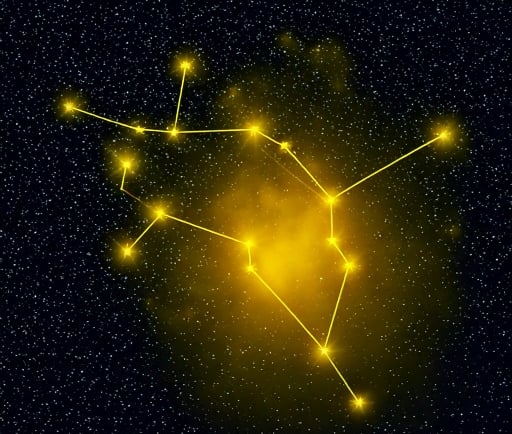Ursa Major: The Great Bear and Its Mythological Significance


Introduction to Ursa Major
Ursa Major, commonly known as The Great Bear, is a prominent constellation situated in the northern sky. This constellation is one of the most recognizable patterns in the night sky and has captivated humanity for millennia. Its rich history is deeply interwoven with various mythologies that date back into prehistory, creating a fascinating tapestry of stories and beliefs.
The Mythological Heritage of Ursa Major
The significance of Ursa Major transcends mere astronomical observation. Ancient cultures viewed this constellation with reverence, often weaving it into their mythologies. For example, in Greek mythology, the figure of Callisto, a nymph transformed into a bear, is represented by this constellation. Her tragic tale underscores the themes of transformation and divine intervention, linking human experiences with the cosmos.
Similarly, various Native American tribes also have their interpretations of Ursa Major. Some legends view the group of stars as a bear chased by hunters, while others see it as a representation of the seven stars that guide travelers through the wilderness. These narratives illustrate the diverse ways in which different cultures have understood and related to Ursa Major, acknowledging its significance beyond the stars themselves.
The Scientific Importance of Ursa Major
In addition to its mythological significance, Ursa Major holds a vital place in astronomy. The Big Dipper, an asterism within Ursa Major, serves as a navigational guide. Its unique shape and position make it an excellent indicator of direction, especially for those navigating the northern hemisphere. This practical application highlights how Ursa Major has not only inspired stories but has also aided travelers in real-world scenarios.
The constellation features several notable stars, including Dubhe and Merak, which are used to locate Polaris, the North Star. This connection underscores the constellation's importance as a celestial reference point, offering both scientific insight and historical context.
Conclusion
Ursa Major, the Great Bear, is an extraordinary constellation rich in mythological narratives and scientific significance. Its stories remind us of humanity's age-old relationship with the night sky and how cultures globally have sought to explain the movement and position of celestial bodies. As we continue to observe and study this remarkable constellation, we gain not only a deeper understanding of astronomy but also an appreciation for the shared human experience that these mythologies evoke.
